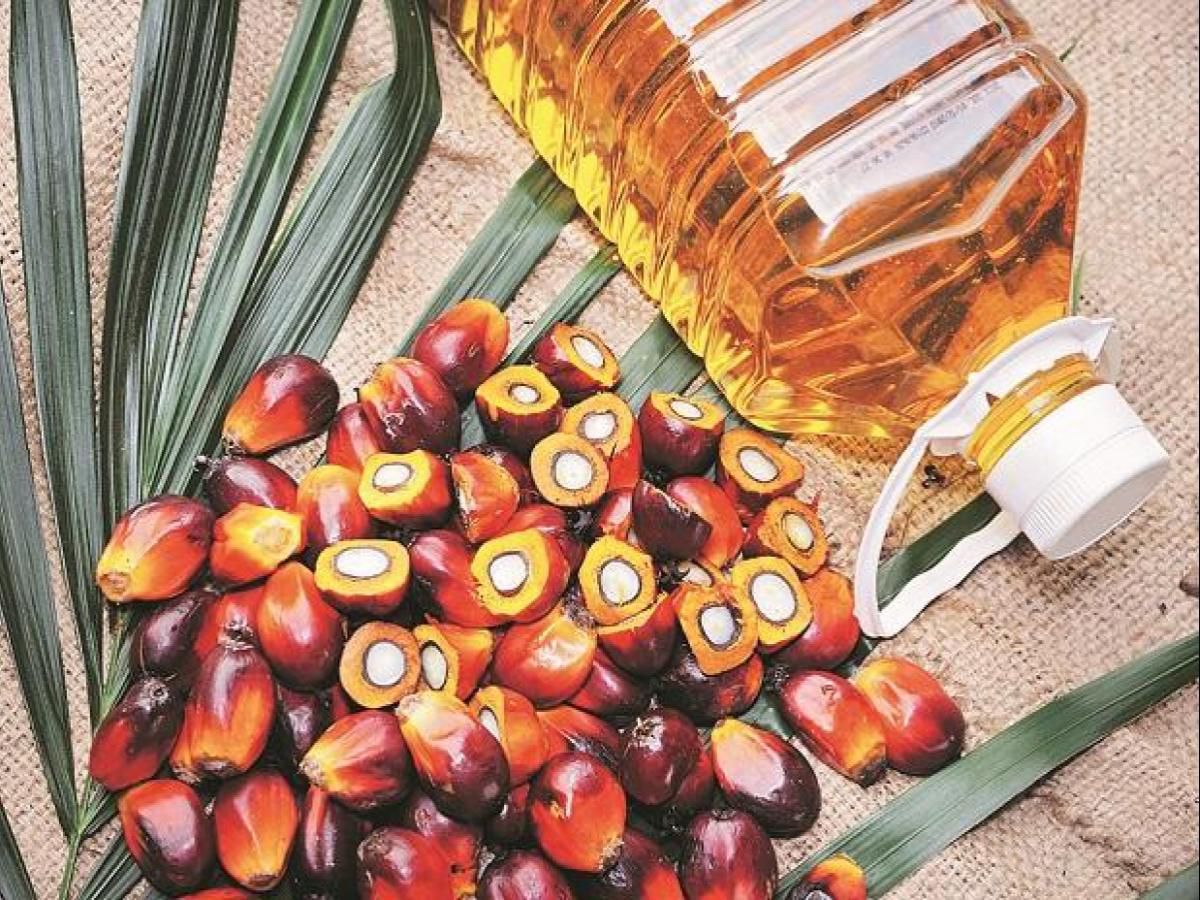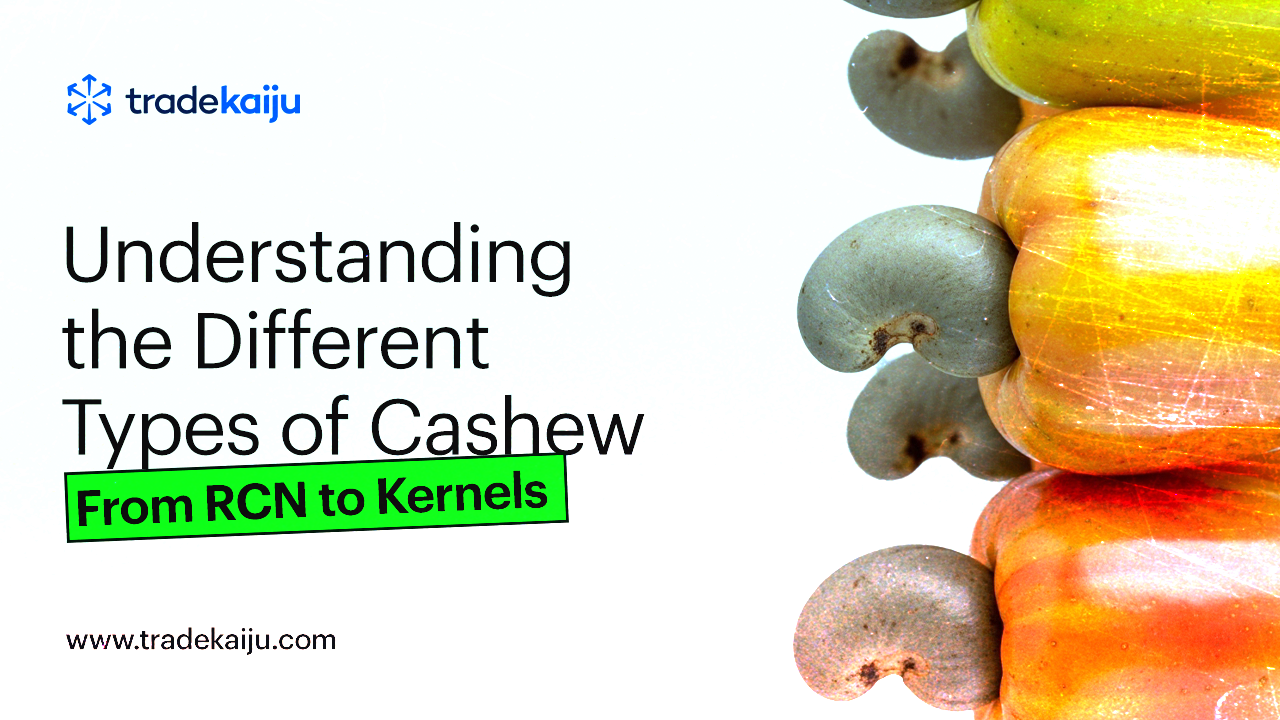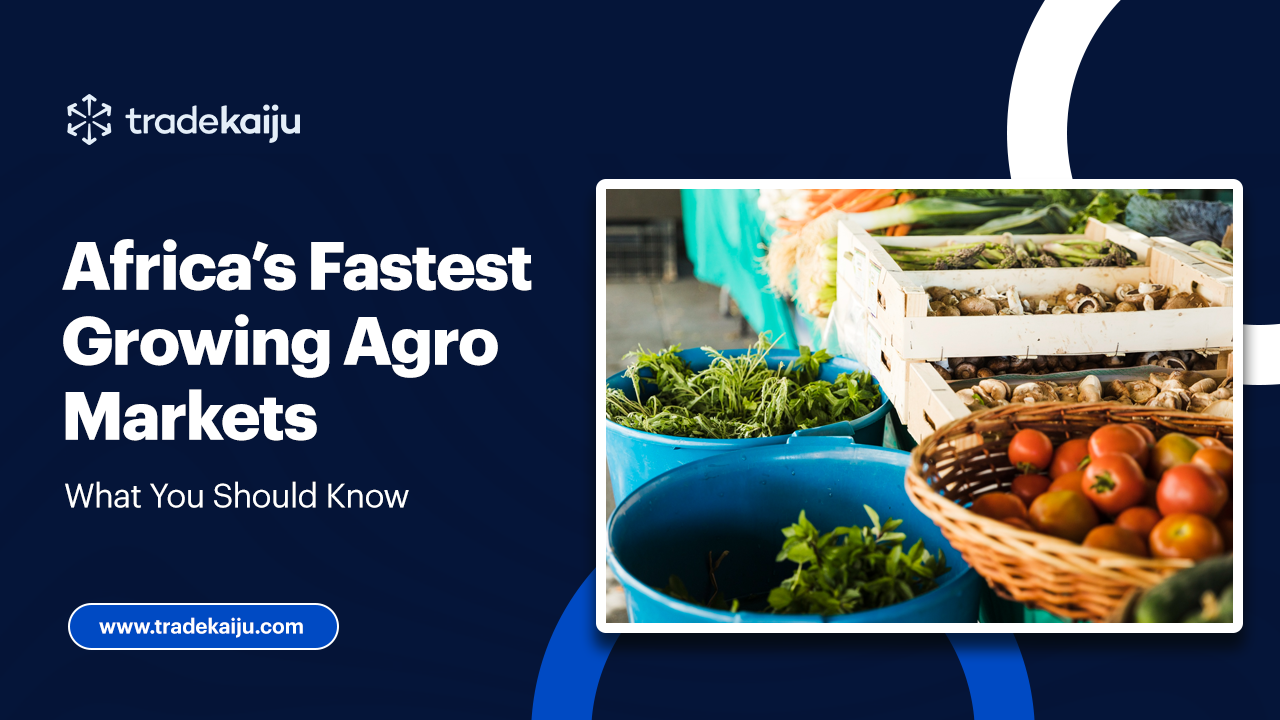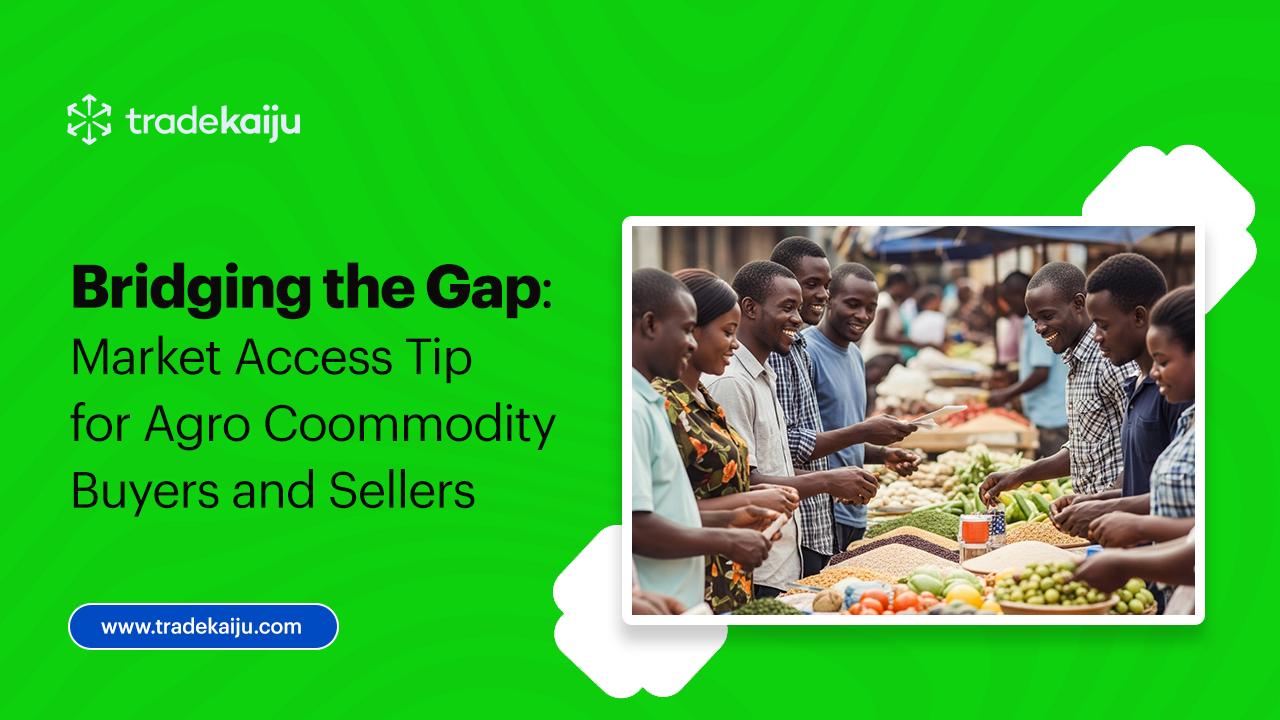Oil Palm Sector: Exploring The Red Gold of Africa
Date Posted: 2021-09-23 13:42:56

Palm oil was occasionally purchased by European merchants trading with West Africa for use as cooking oil back home in Europe. It became a popular agro-commodity among British traders for use as an industrial lubricant in machinery and in manufacturing soap and other goods. By 1870, Palm oil had become the principal export of various West African countries before it was eventually surpassed by cocoa in the 1880s upon the introduction of colonial European cocoa plantations.
Nigeria, with a population of 197 million people, is Africa's top producer and consumer of palm oil (World Bank, 2018). With a global market share of 43 percent in 1960, she was the world's greatest palm oil producer. It is however now just the fifth largest producer, accounting for less than 2% of global market production of 74.08 million MT.
Africa, we could say, provides an exceptionally appealing business climate for agriculture investors. This is due to the fact that the governments across Africa have set lofty goals for the agriculture sector, and the industry enjoys ‘pioneer status’, which entails a tax exemption for all agro-allied businesses.
Large investment incentives are also available thanks to enabling laws and support from Ministries of Trade and Investments with governments at all levels committed to facilitating private sector investment. Fiscal incentives, tax exemptions, a low-cost labor force, domestic demand, and population growth are all fueling high returns on investment in the sector.
So, if you're interested in investing in "Red Gold," here's a rundown of the market. In 2018, the African palm oil market was valued at $8.2 billion dollars, up 3.7 percent from the previous year. From 2007 to 2018, the entire market showed a steady increase. Over the last eleven years, however, its value has climbed at an average yearly pace of +4.6 percent.
The trend pattern, on the other hand, revealed some noteworthy variations over the course of the study period. In comparison to the 2016 index, palm oil consumption grew by 9.3% in 2018. The year with the highest rate of growth was 2011, when the market value climbed by 24% year over year. The palm oil market peaked in 2014 at $9.9 billion dollars; nevertheless, consumption fell somewhat between 2015 and 2018.
The Largest Palm Oil Markets in terms of value and a combined 25% share of the total market is;
Nigeria ($861M)
Egypt ($626M)
Tanzania ($559M),
The market is predicted to maintain an upward consumption trend over the next seven years, owing to rising demand for palm oil across Africa. The market is expected to maintain its present trend pattern, growing at a CAGR of +3.9 percent over the seven-year period from 2018 to 2025, bringing the market volume to 12 million tonnes by the end of 2025.
Similar Blog Posts

Cashew is one of Africa’s most valuable export crops, yet many people (especially new traders) don’t fully understan

Africa is fast becoming a global agricultural powerhouse. With a combination of favorable climate, expanding investment,

Market access is one of the most significant barriers in the agricultural sector today, especially across many regions i